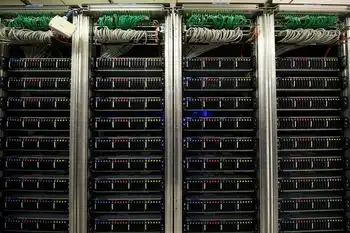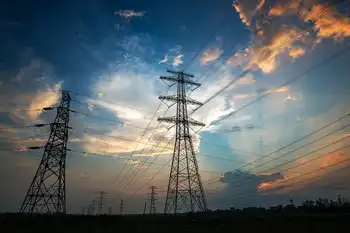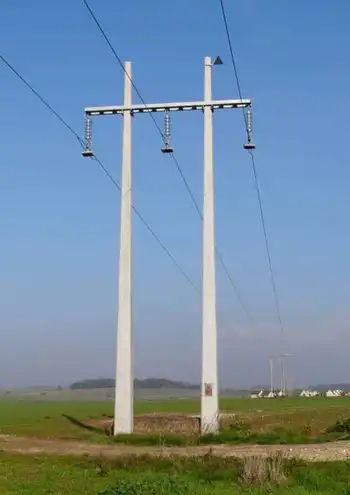South Dakota regulators pause Xcel fuel rider request to Mull Minnesota Solar Costs
Protective Relay Training - Basic
Our customized live online or in‑person group training can be delivered to your staff at your location.

- Live Online
- 12 hours Instructor-led
- Group Training Available
South Dakota PUC fuel clause rider delay scrutinizes Xcel Energy and Northern States Power PPAs, Minnesota solar mandate costs, and a proposed 3 cents/kWh rate increase under utility regulation and fuel cost adjustment review.
Key Points
A 180-day review to assess Xcel fuel rider impacts from Minnesota solar PPAs before approving a 3 cents/kWh increase.
✅ 180-day extension to evaluate fuel clause rider impacts
✅ Review Minnesota solar PPAs and cost allocation
✅ Proposed increase about 3 cents/kWh to customers
The South Dakota Public Utilities Commission decided to delay a decision over a fuel clause rider requested by Xcel Energy subsidiary Northern State Power for 180 days to examine if solar costs in Minnesota account for some of the rate increase, the Capital Journal reports. A new Minnesota law requires the state’s utilities to receive at least 1.5% of their electricity from solar generation by 2030, and the state’s 100% carbon-free by 2040 mandate is also a factor. The delay will allow South Dakota officials to “take a closer look” at the proposed increase, PUC lawyer Kristen Edwards told media outlets.
The utility is purchasing electricity from three new solar-power installations in Minnesota amid ongoing utility influence over solar markets debates: the 62.5-MW Marshall solar project, owned by NextEra Energy, four miles east of Marshall, the 100-MW North Star project in Chisago County, and the 100-MW Aurora project that is spread across 16 sites.
South Dakota PUC Chairman Chris Nelson said he does not want ratepayers in the state charged more than they should be, as some utilities pursue higher fixed charges elsewhere, for political decisions in Minnesota. The increase would come to about 3 cents/kWh.
In a request filed Nov. 30, PUC staff said it “believes it is necessary to evaluate the resource to determine whether the [power purchase agreement] is reasonable and cost effective considering other electricity alternatives.” Commissioner Gary Hanson said he is always concerned about Colorado and Minnesota because those states do things in ways that South Dakota doesn’t, amid intense rooftop solar policy battles nationally. “This is something I’m always concerned with,” he said.
The investigation will specifically look at the fuel clause rider filed by Xcel. Xcel representative Jim Wilcox said the company understands the commission’s desire and accepts the staff’s request, noting that similar rate pressures like SaskPower’s 8% rate hike have drawn scrutiny elsewhere.
Source: Utility DIVE











